TABLE OF CONTENTS
Making fresh juice a regular part of your diet is an excellent way to fuel your body with the essential nutrients a busy person on the go needs every day.
To benefit the most from juicing—the popular term for this practice—there are some important guidelines to ensure a superior juicing experience.
Selecting the most beneficial ingredients will ensure you get the most out of your juice, and, surprising or not, cannabis is one of the best items to include.
Juicing with cannabis captures all of its health benefits but not the characteristic high.
Raw cannabis does not include decarboxylated plant material, so it doesn’t have mind-altering effects.
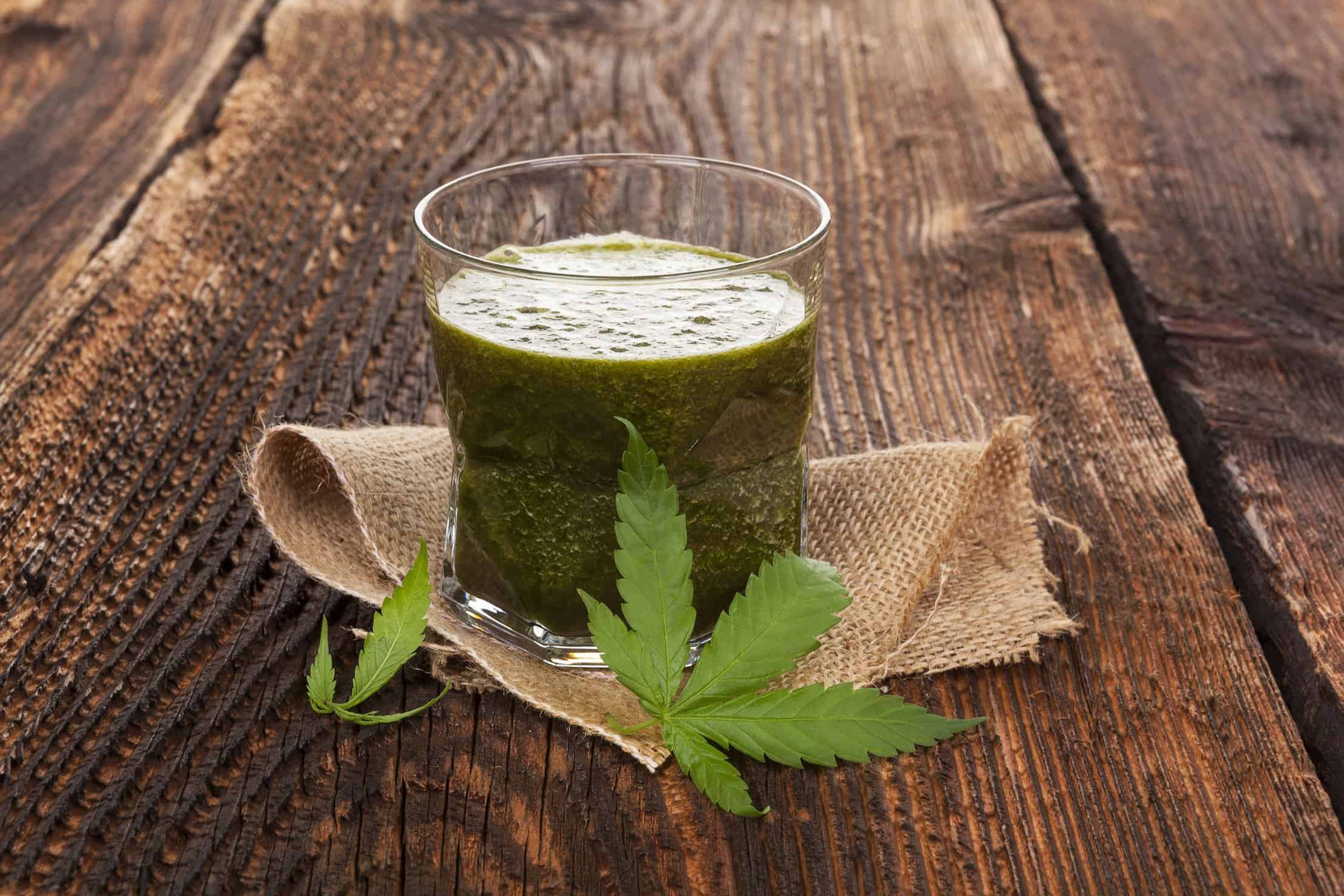
First, forget about using any juices that come out of a can or bottle. The same holds true for frozen juice concentrates; they simply are not worthy of your consideration.
The true benefits of juicing come from using fresh fruits and vegetables and one of the many popular juicers on the market.
You’ll want to buy a masticating juicer, which is a cold-press juicer that slowly crushes plant material and squeezes the essential juices from it, separating the fibrous plant material and retaining the nutrient-packed liquid.
Nourishing your body with fresh juice on a daily basis provides you with essential vitamins, minerals, antioxidants, live enzymes, and phytonutrients that you need to thrive.
Numerous studies indicate that juicing with raw ingredients improves energy levels and focus, and decreases the incidence of illness, as well as lessens the effects of degenerative diseases.
Since many people find it difficult to include necessary fruits and vegetables into their diets, juicing provides an excellent and delicious way to flood the body with the vital vitamins, nutrients, and live enzymes we all need on a regular basis.
Unfortunately, the average American diet results in high levels of acidity in the body. Meat protein, dairy products, alcohol, grains, sugar, and soda create a highly acidic environment within our bodies once they’re digested.
This acidity is toxic to our tissues and organs, which, in turn, can lead to weight gain and disease. Juice fortifies the body with the nutrients it needs to counteract the effects of too many harmful foods and empty calories.
Essential Raw Juice Ingredients For Cannabis Juicing
To receive the full benefits of fresh juice, look no further than your cannabis plants and the produce section (preferably organic) of your local supermarket.
The term “power food” is a popular label for foods loaded with essential nutrients.
Along with lentils, broccoli, and blueberries, cannabis definitely belongs on the power foods list. Even cannabis seeds—an ingredient in many cereals and granolas—are loaded with essential fatty acids (Omega-3, Omega-6, Omega-9, stearic acid, and palmitic acid), plant-source protein, vitamins (A, C, B1, B2, B6, C, and E), and minerals, such as calcium and iron. Cannabis seed protein alone contains all the known amino acids.
The juice from cannabis leaves and flowers is as easy to include in your juice as any other popular greens used for juice, like kale and spinach. Cannabis, as well as kale, spinach and other dark, leafy greens, contains essential minerals (including iron, selenium, potassium, calcium, and antioxidants) as well as important elements like zinc and carotenoids.
Cannabis trichomes and plant tissue contain more essential nutrients than nearly any other plant species. Like carrots, cannabis contains beta-carotene.
It also contains limonene like lemons and copious amounts of anthocyanins—highly effective analgesics—that are also found in blood oranges and cherries.
Raw cannabis, of course, also contains cannabinoids, as well as other compounds that serve to fight a number of diseases, including lupus, arthritis, and autoimmune diseases. Consuming cannabis activates the human endocannabinoid receptors in the brain and causes an antioxidant release that removes damaged cells from the body.
Mix cannabis juice with the juice from organic fruits and vegetables when making your cannabis elixir to benefit from the nutrients in those ingredients as well. Apples, lemons, and oranges contain beneficial vitamin C, and bananas contain high levels of potassium and magnesium.
Cucumbers contain small amounts of vitamin C and K, as well as potassium, manganese, and magnesium; and carrots contain beta-carotene, vitamin A, biotin, and vitamin K.
Tasty Cannabis-Infused Juice Drinks
With all the awesome benefits of cannabis juice, you’re probably wondering how you subsisted so long without it. You might also be thinking that cannabis juice must taste awful—like kale juice. Fear not. Mixed with a variety of other ingredients, the resulting juice has a refreshing, pleasing flavor.
The following recipes will provide you with a power-packed dose of beneficial cannabis along with the nutrients from other tasty ingredients.
Cucumber/Apple/Kiwi/Cannabis Juice
Ingredients:
- 1 cucumber (diced)
- 1 apple (sliced)
- 1 kiwi (sliced)
- ½ lemon (cut up)
- 2 carrots (unpeeled, cut up)
- 1 small piece of ginger (to taste)
- 12 grams of raw cannabis buds or 28 grams of raw cannabis leaves (wash with fresh water, then dry with paper towels)
Instructions:
Cool the fruit, vegetables, and cannabis in a refrigerator until ready to use. Use a cold-pressed (masticating) juicer to extract juice from the cannabis first, vegetables second, and fruit third. Thoroughly mix the juices, serve, and drink immediately.
Mango/Banana/Cannabis Cooler
*This recipe requires both a cold-pressed juicer and a regular blender.
Ingredients:
- 1 small mango, skinned and seeded
- 1 cup plain yogurt
- 1¼ tablespoon honey
- ½ banana
- ½ Tbsp. lemon juice
- 12 fresh cannabis leaves (washed)
Instructions:
Cool the fruit and cannabis in a refrigerator until ready to use. Use a cold-pressed (masticating) juicer to extract juice from the cannabis. Set the juice aside.
Combine the mango, yogurt, honey, banana, cannabis juice, and lemon juice in a blender. Blend the ingredients until smooth. Serve and drink immediately.
Cannabis-Infused Banana/Strawberry Smoothie
*This recipe requires both a cold-pressed juicer and a regular blender.
Ingredients:
- 1 banana (sliced)
- 6 strawberries (sliced)
- ¾ cup blueberries
- 1 cup almond milk
- 1 Tbsp. cannabis/hemp seed
- 12 fresh cannabis leaves and four 2-inch fresh cannabis flowers (frozen)
Instructions:
Freeze the fruit prior to making this smoothie to ensure the smoothie is cold when blended. Use a cold-pressed (masticating) juicer to extract juice from the cannabis.
“
There are over 300,000 jobs in the cannabis industry. CTU trained me for one of them!

Makes $24.50 @ THC +
Combine the cannabis juice and other ingredients in the blender and whip until completely blended and smooth in a rich mixture. Serve and drink immediately.
The Advantages of Juicing With Weed
Cannabinoids like THCA and CBDA, which are precursors of THC and CBD, are abundant in cannabis leaves. These unprocessed versions have anti-inflammatory, neuroprotective, and anti-emetic effects and are not psychotropic. The plant offers a comprehensive approach to wellness and is also a vitamin, mineral, and fiber powerhouse.
Cannabis Juicing FAQ's
What are the benefits of cannabis juice?
Uncured cannabis plants include nutrients, THCA, and CBDA that when combined can support immune system function, brain and heart health, inflammation prevention and reduction, and the promotion of healthy cell activity.
What are the side effects of drinking juiced cannabis?
Some of the most typical adverse effects are nausea, tiredness, lightheadedness, dry mouth, dizziness, and drowsiness. While most negative effects are mild to moderate and pass rapidly, occasionally more serious side effects might happen. If side symptoms start to manifest, consult a pharmacist at a medical cannabis dispensary.

Karen Getchell
Karen gained expertise in developing training programs and technical documentation as a Senior Editor at Cisco Systems. She began her journey in cannabis as a patient, searching for a way to heal herself. When she perfected a method for making cannabis oil, other patients began to seek her out. An early adopter of CBD medicine, she started her CBD-infused-products business in 2014. Over the last two decades, Karen has taught hundreds of patients and caregivers how to select strains, infuse oils, and extract cannabinoids.
When she isn’t teaching cannabis cooking classes, Karen works as a cannabis business consultant, writes for online cannabis publications like Cannabis Training University, Leafly, and Weedmaps, and runs a CBD-infused-product business.



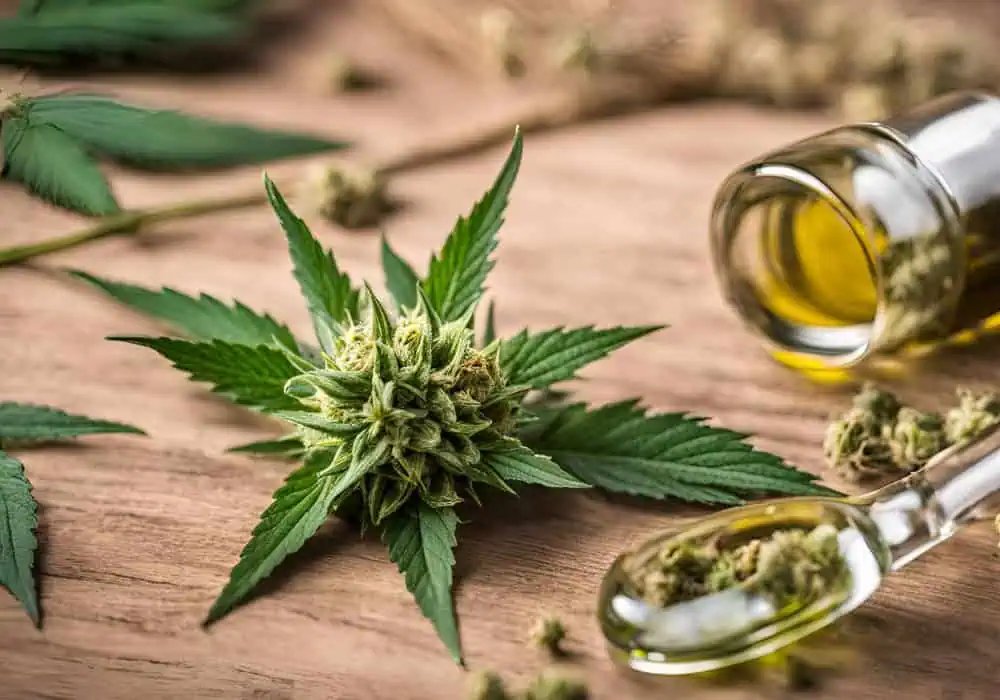



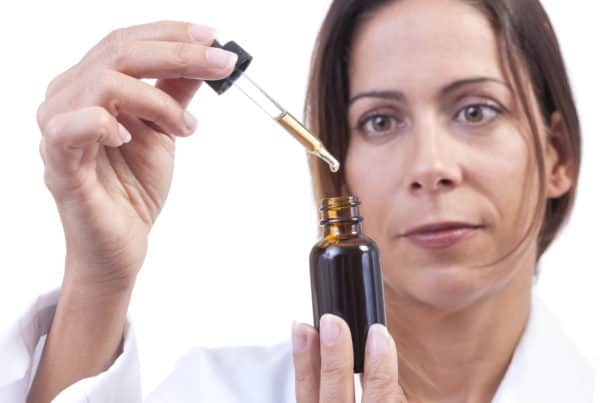
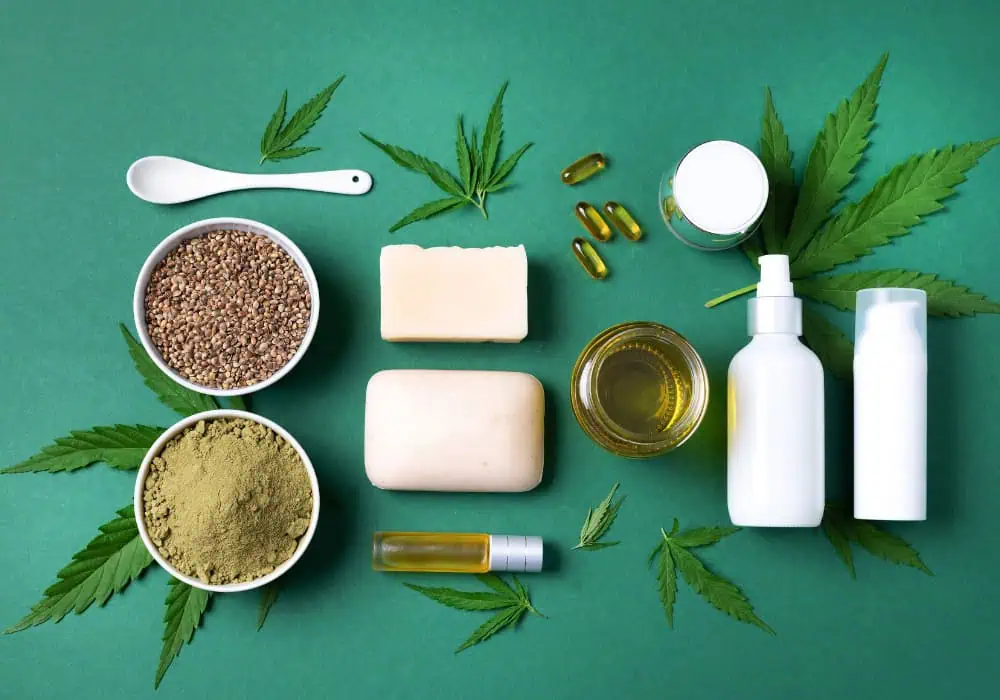
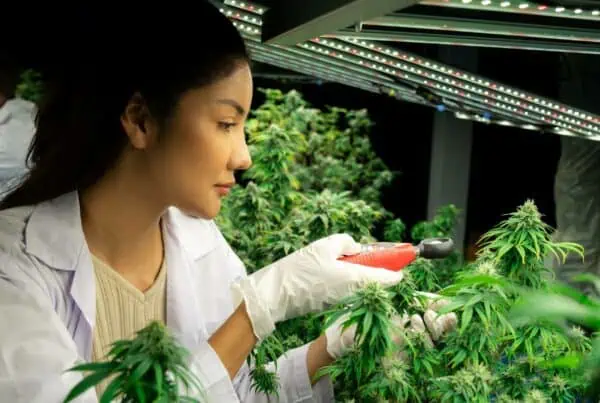
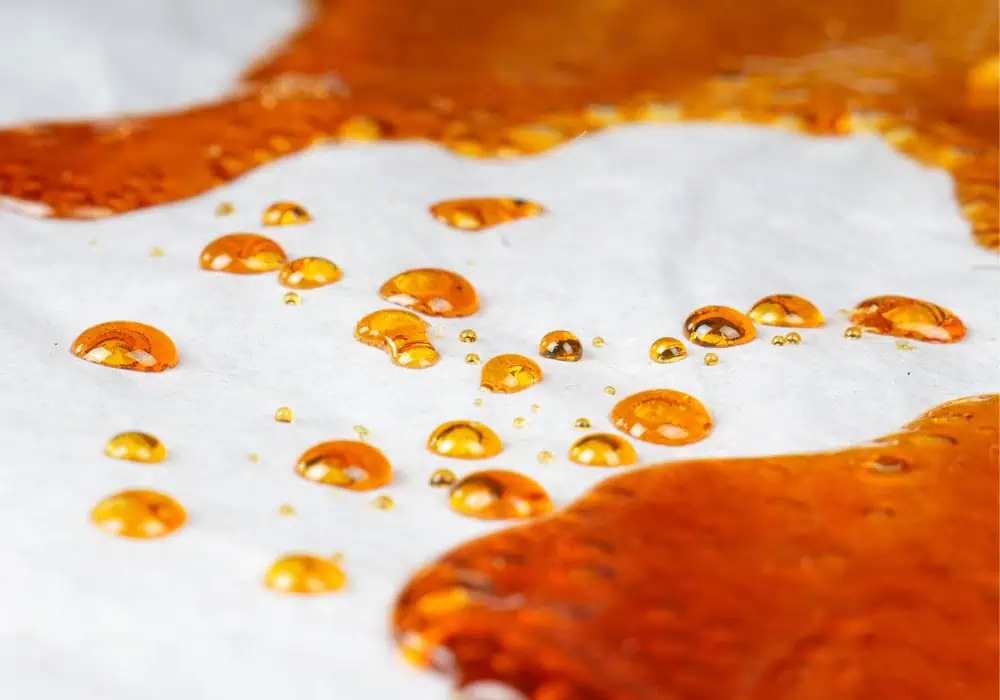

 Jeff was involved in an accident where he endured a traumatic brain injury. He had a week-long stay in ICU where brain surgeons
Jeff was involved in an accident where he endured a traumatic brain injury. He had a week-long stay in ICU where brain surgeons  100% risk free money back guarantee within 48 hours after purchase if student has not completed any of the courses or exams.
100% risk free money back guarantee within 48 hours after purchase if student has not completed any of the courses or exams.